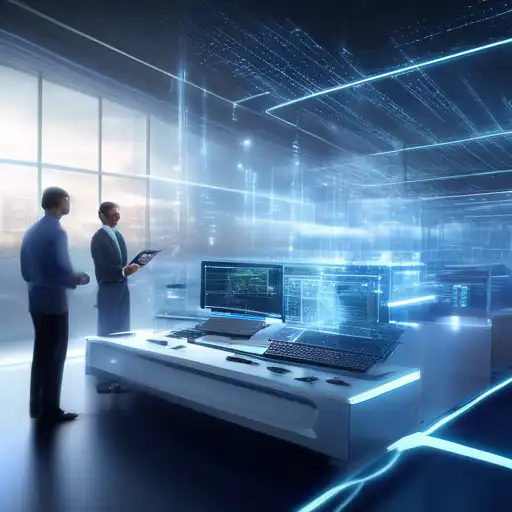Introduction to Edge Computing
In the digital age, speed and efficiency are paramount. Edge computing emerges as a groundbreaking technology that processes data closer to the source, significantly reducing latency and bandwidth use. This article delves into how edge computing is transforming data processing, making it faster and more efficient than ever before.
What is Edge Computing?
Edge computing is a distributed computing paradigm that brings computation and data storage closer to the location where it is needed, to improve response times and save bandwidth. Unlike traditional cloud computing, which relies on centralized data centers, edge computing processes data locally or on nearby servers.
Benefits of Edge Computing
The advantages of edge computing are manifold. Here are some key benefits:
- Reduced Latency: By processing data closer to the source, edge computing minimizes the time it takes for data to travel, resulting in faster response times.
- Bandwidth Savings: Local data processing reduces the amount of data that needs to be sent to the cloud, saving bandwidth and reducing costs.
- Improved Security: Processing data locally can enhance security by limiting the exposure of sensitive information to potential threats during transmission.
- Scalability: Edge computing allows for more scalable solutions, as it can easily accommodate the growing number of IoT devices.
Edge Computing vs. Cloud Computing
While both edge computing and cloud computing play vital roles in data processing, they serve different purposes. Cloud computing is ideal for processing large volumes of data that require significant computational power, whereas edge computing is best suited for real-time data processing that demands quick responses.
Applications of Edge Computing
Edge computing is revolutionizing various industries by enabling faster and more efficient data processing. Some notable applications include:
- Smart Cities: Edge computing facilitates real-time monitoring and management of urban infrastructure, from traffic lights to surveillance systems.
- Healthcare: In healthcare, edge computing enables real-time patient monitoring and faster diagnosis through immediate data analysis.
- Manufacturing: Manufacturers use edge computing for predictive maintenance, quality control, and to optimize production processes.
- Retail: Retailers leverage edge computing for personalized customer experiences and efficient inventory management.
Challenges and Considerations
Despite its benefits, edge computing comes with its own set of challenges. These include the need for robust security measures, the complexity of managing distributed systems, and the initial investment in infrastructure. However, with the right strategies, these challenges can be effectively addressed.
The Future of Edge Computing
As the Internet of Things (IoT) continues to expand, the demand for edge computing is expected to grow exponentially. With advancements in technology and increasing adoption across industries, edge computing is poised to become a cornerstone of modern data processing strategies.
For those interested in exploring more about how edge computing is shaping the future of technology, check out our related articles on IoT Revolution and Cloud Computing Trends.
